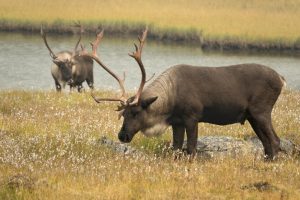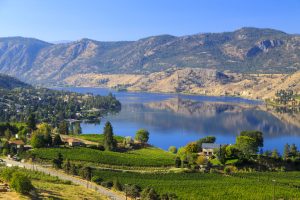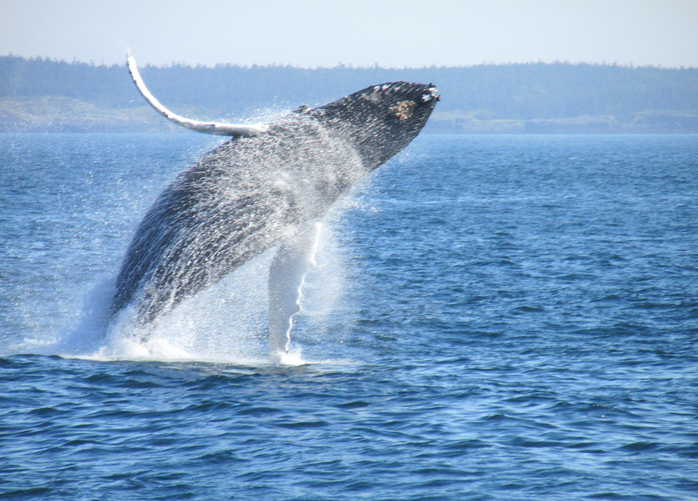
Epic Wildlife Encounters in Canada: Where to See Bears, Moose & More
Last updated on June 10, 2025 by W R
Canada is a haven for adventure lovers. Whether it’s spotting a snowy-white polar bear or listening to the song of beluga whales, Canada will leave you mesmerized in every way. The possibilities of enjoying wildlife tours are limitless in a country like Canada. However, to get the most out of your epic wildlife encounters in Canada, it is essential that you know the best places to visit in the region. It is also crucial to know the correct time to visit the area in order to spot the best wildlife in action.
Apart from all of these, you should also keep safety in mind and give priority to this factor during your wildlife encounters in Canada. Let’s dive into where you can encounter wildlife in Canada.
Epic Wildlife Encounters in Canada
Manitoba: Epic Wildlife Encounters in Canada
Churchill, Manitoba, is renowned as the world’s polar bear capital. It is home to over 1000 polar bears. The region draws hundreds of local polar bears annually in late July or early August due to the ice melting in Hudson’s Bay.
Who told it was only polar bears wandering in Canadian land? Manitoba is also home to a large population of beluga whales. About two-thirds of the world’s beluga population, which is approximately 136,000, can be found in Canadian waters in the summer.
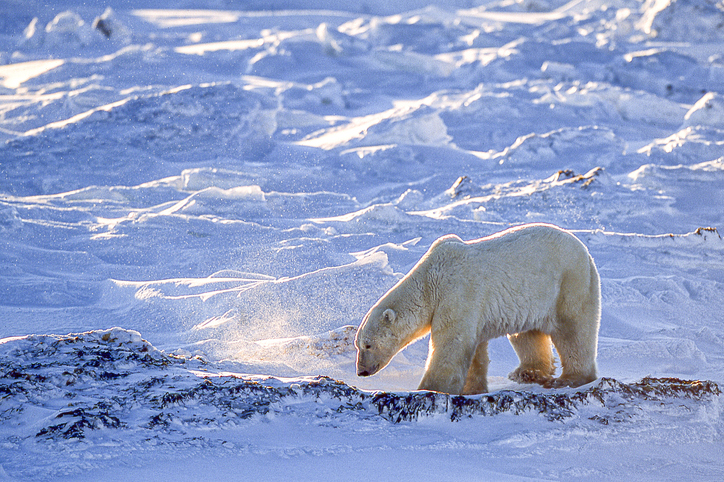
Manitoba polar bear
The best time to see these “canaries of the sea” is from June to September. These sea creatures tend to stick to the shoreline, making them camouflaged and hard to spot from a distance.
Vancouver Island
Johnstone Strait, which lies between British Columbia and Vancouver Island, is where you can find whales such as humpbacks and orcas in multiples. Vancouver Island is also one of the perfect places to catch a glimpse of the grizzly bear. Campbell River is a renowned spot for grizzly bear spotting, especially in late summer or early fall.
On the other hand, places like Tofino on the West Coast boast the best viewing points for whales, sea lions, otters, and black bears.
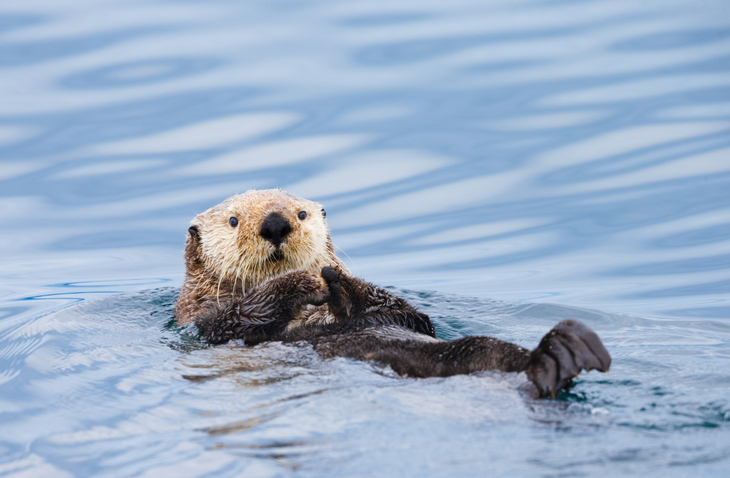
Otters in Vancouver Island
Mainland British Columbia
How fun is seeing bald eagles flying amidst the winter sky? That is exactly what you would see in Squamish in the north of Vancouver. Squamish has one of the world’s largest concentration of bald eagles that are prominently seen in winter. Taking a float trip on the Cheakamus and Squamish Rivers is one of the best ways to catch a glimpse of these amazing birds.
The spirit bear is another amazing animal that roams in the remote Great Bear Rainforest in Mainland British Columbia. These bears are a subspecies of black bears and are distinguished by their beautiful cream-coloured fur.
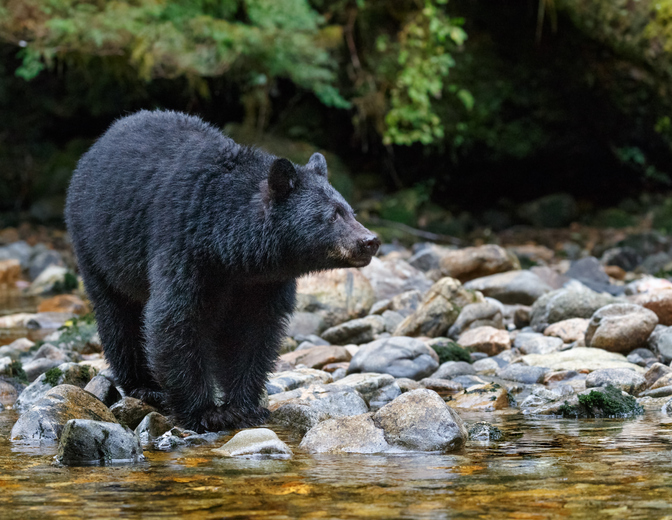
Black bear in Mainland British Columbia
Ontario
If you want to spot a moose or two on the loose, Ontario is the place to be. Ontario’s Algonquin Provincial Park is a renowned place to spot moose, especially in spring. Drive down Highway 60 at dawn or dusk to catch a glimpse of one of the most-loved species in Canada. The best time to visit the park to spot a moose is in May when they are out feeding on freshly-grown grass.
Moose often wander into areas like ponds or bogs where there are low water levels. Don’t forget to keep an eye out for moose events while you are camping in the fall or summer.
Apart from moose, you may even be lucky enough to spot black bears, deer, wolves, and beavers during your wildlife encounters in Ontario.
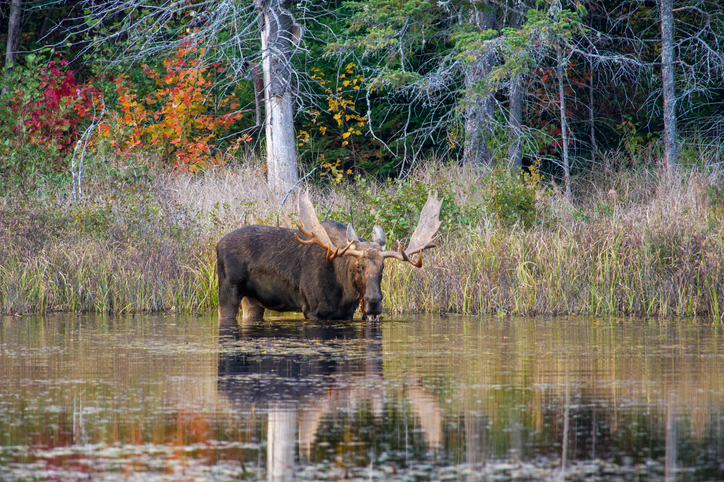
Moose in Ontario
Alberta
Bison, wolves, and beavers are also common in the Canadian Rockies, especially in places like Banff National Park. However, places like Wood Buffalo National Park in Alberta are another popular location for travellers to have epic wildlife encounters in Canada. The park is well-known for its 5000-odd wood bison roaming freely in the area. The park is also home to a variety of wildlife, including beavers, wolves, and more.
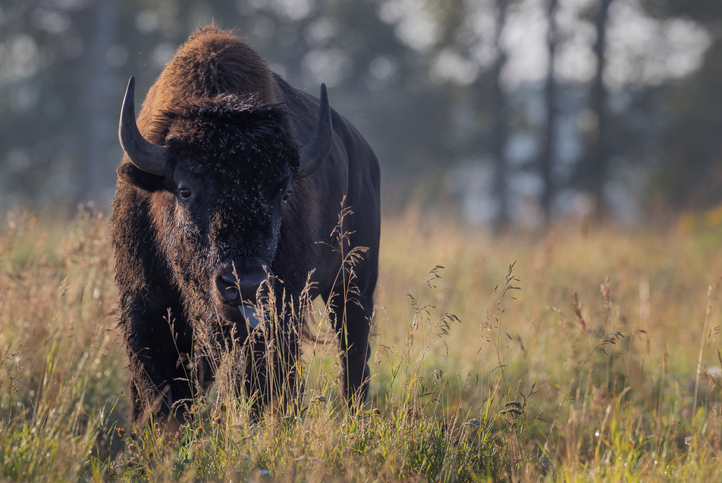
Bison wandering a field in Alberta
Bay of Fundy
If you love whale-watching, the Bay of Fundy will be a magical place for you. The Bay of Fundy features the world’s highest tides that is home to around 12 whale species. Be prepared to catch a glimpse of humpback, minke, fin, and many more types of whales frequenting the tides in the Bay of Fundy.
Apart from whale-watching, the Bay of Fundy is also ideal for bird-watching. It is a fantastic bird-watching destination with a variety of birds, from eagles to puffins and sandpipers, and many more.

Humpback whale in the Bay of Fundy
Quebec
Come March, the Magdalen Islands of Quebec boasts of baby seal season, which is not very popular among tourists. Hence, it remains untouched and one of the best places to witness nature and wildlife in its most raw form.
A large number of harp seals make their way to the islands to give birth to their offspring. These cute baby seals explore the shores of the island mere days after their birth.
St. Lawrence River is also a popular spot for whale-watching. The river is home to close to 13 species of whales, including belugas, blue whales, and humpbacks.
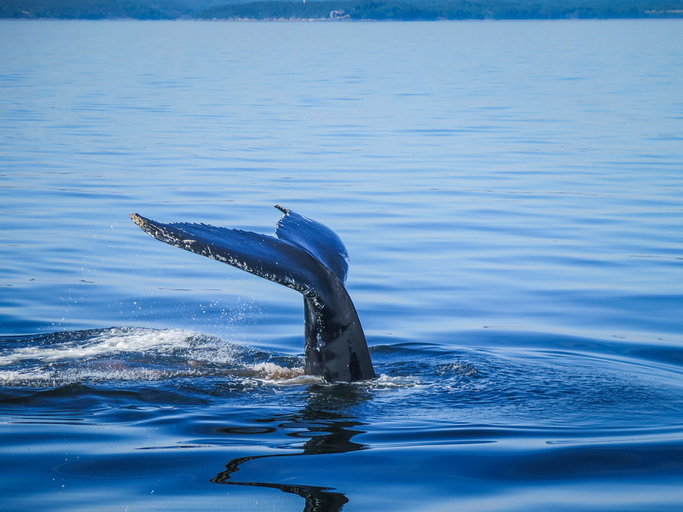
Blue whale in Quebec
Newfoundland
Atlantic Canada is a popular region to spot puffins, and what better place to witness this than Elliston Island in Newfoundland? May to August is the best season to observe puffins, as it is their breeding season.
One of the most captivating facts about watching puffins in Newfoundland is that you can do it by riding on a boat or walking. Tourists could walk straight up the cliffs where puffin colonies live. Don’t forget to capture the best moments of puffins diving into the sea to catch fish through a pair of binoculars.
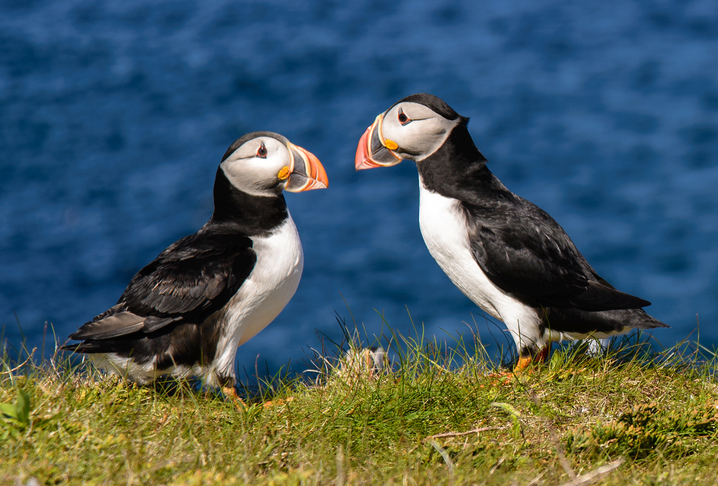
Puffins in Newfoundland
Wildlife safety tips: Epic Wildlife Encounters in Canada
As always, epic wildlife encounters in Canada carry a certain amount of risk. That is why tourists should always give priority to their safety over any other enjoyment or fun activity.
Remember always to keep your distance from wildlife and observe their behaviour. Don’t do anything that could disturb any kind of wildlife in your surroundings. This includes distractions such as loud noises and bright lighting. These could distract the animals and make them prance on and attack people in their surroundings.
Do your duty towards nature and wildlife. Ensure that those who come after you can witness the experience you had in the same way.




